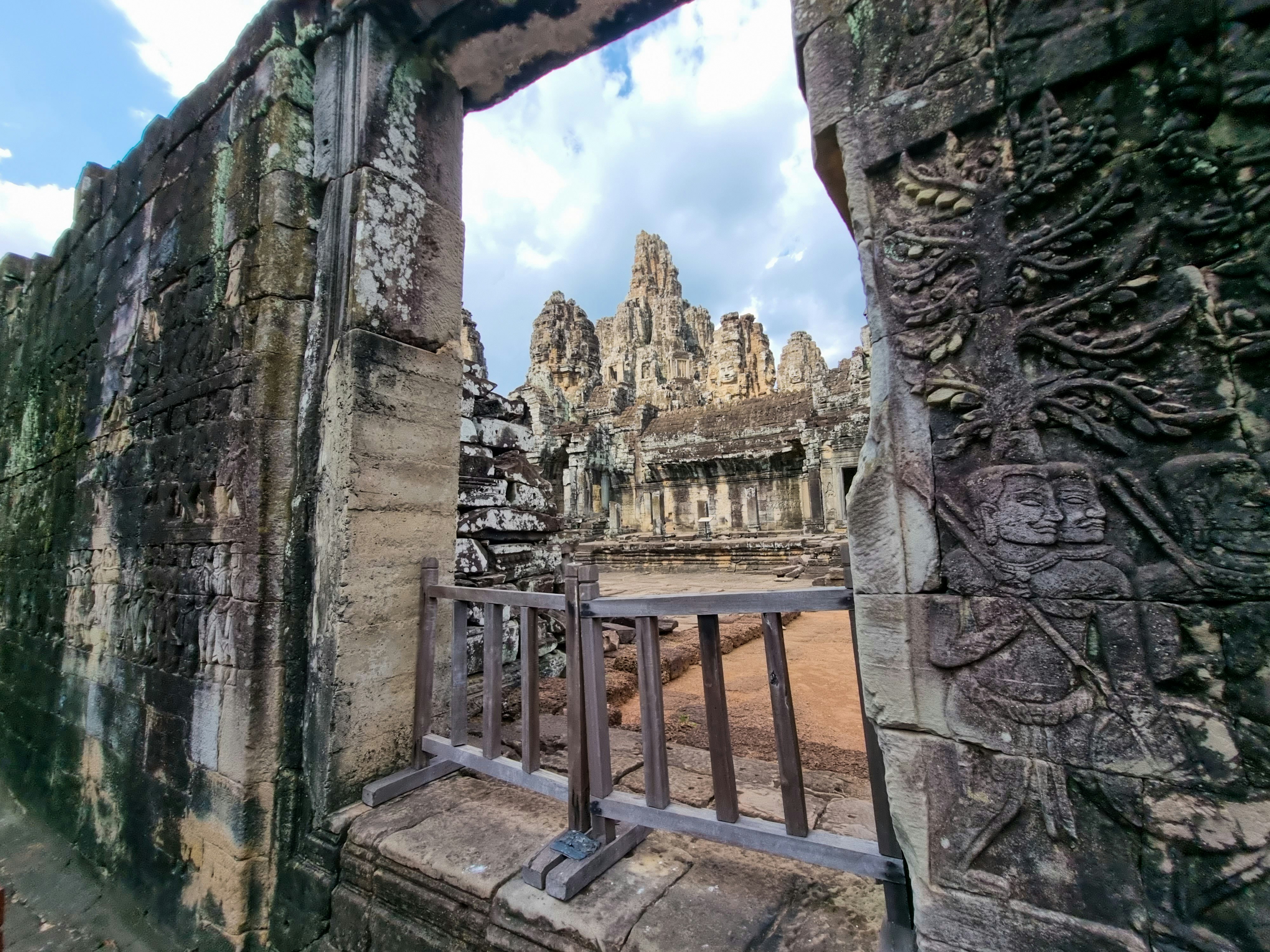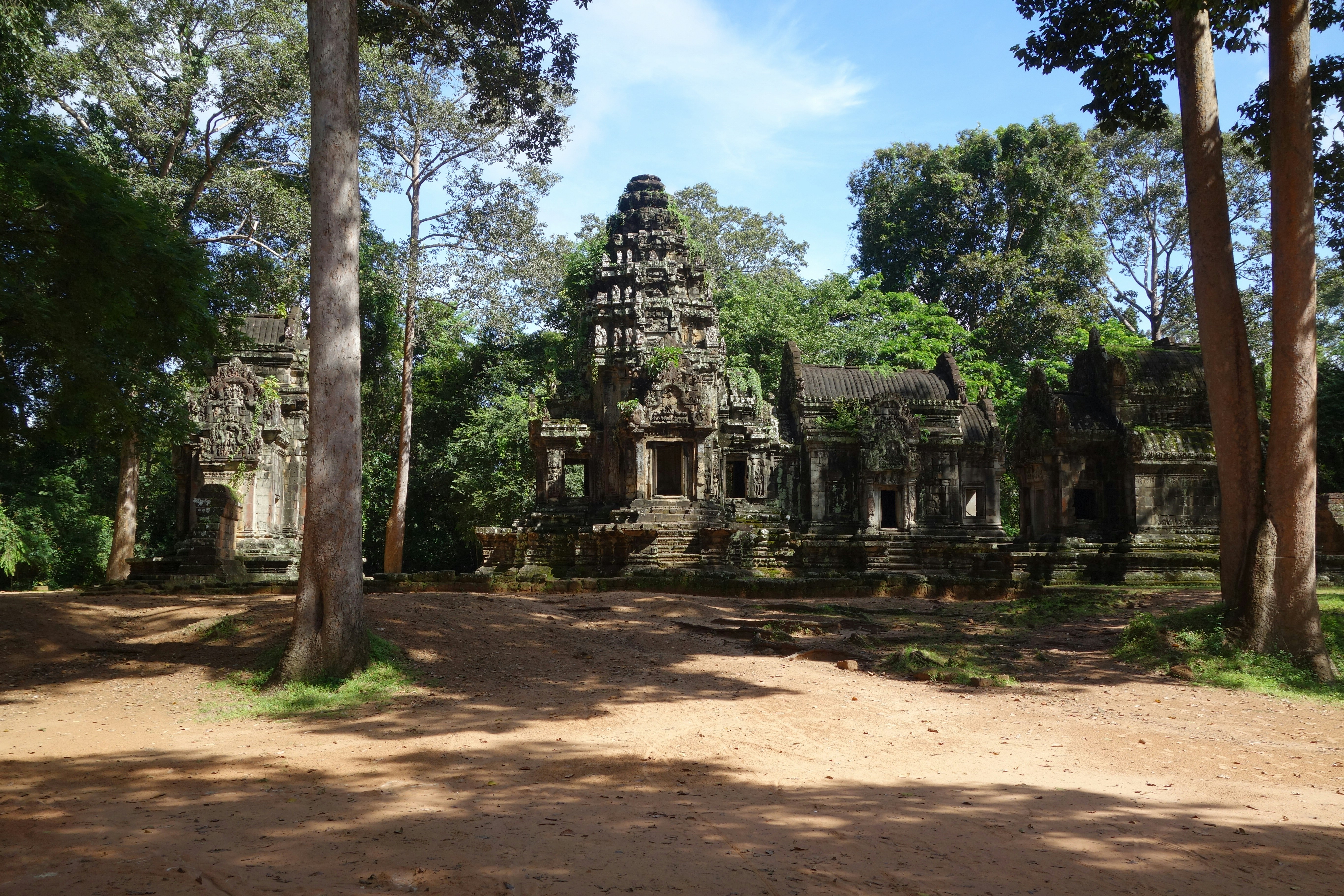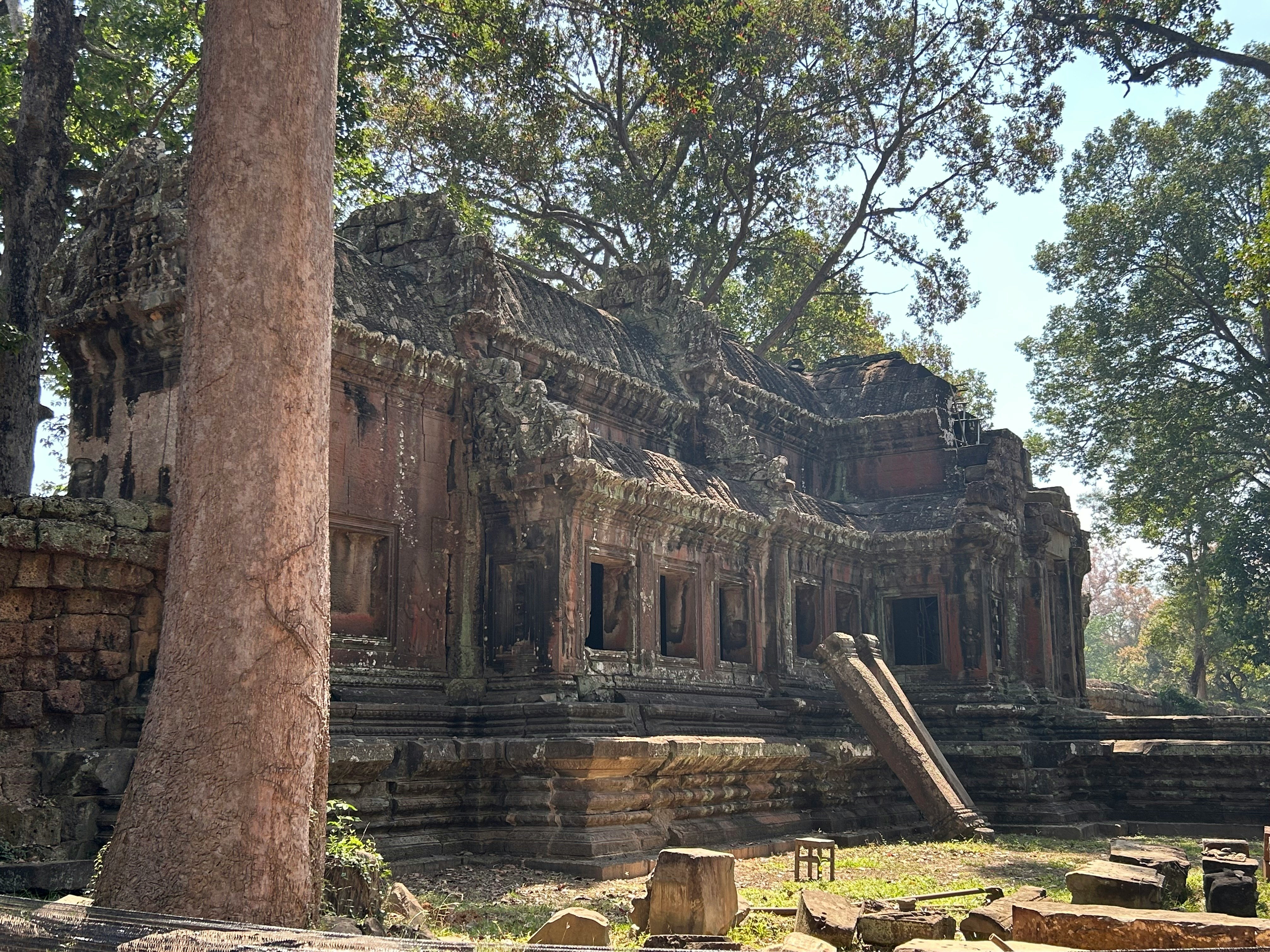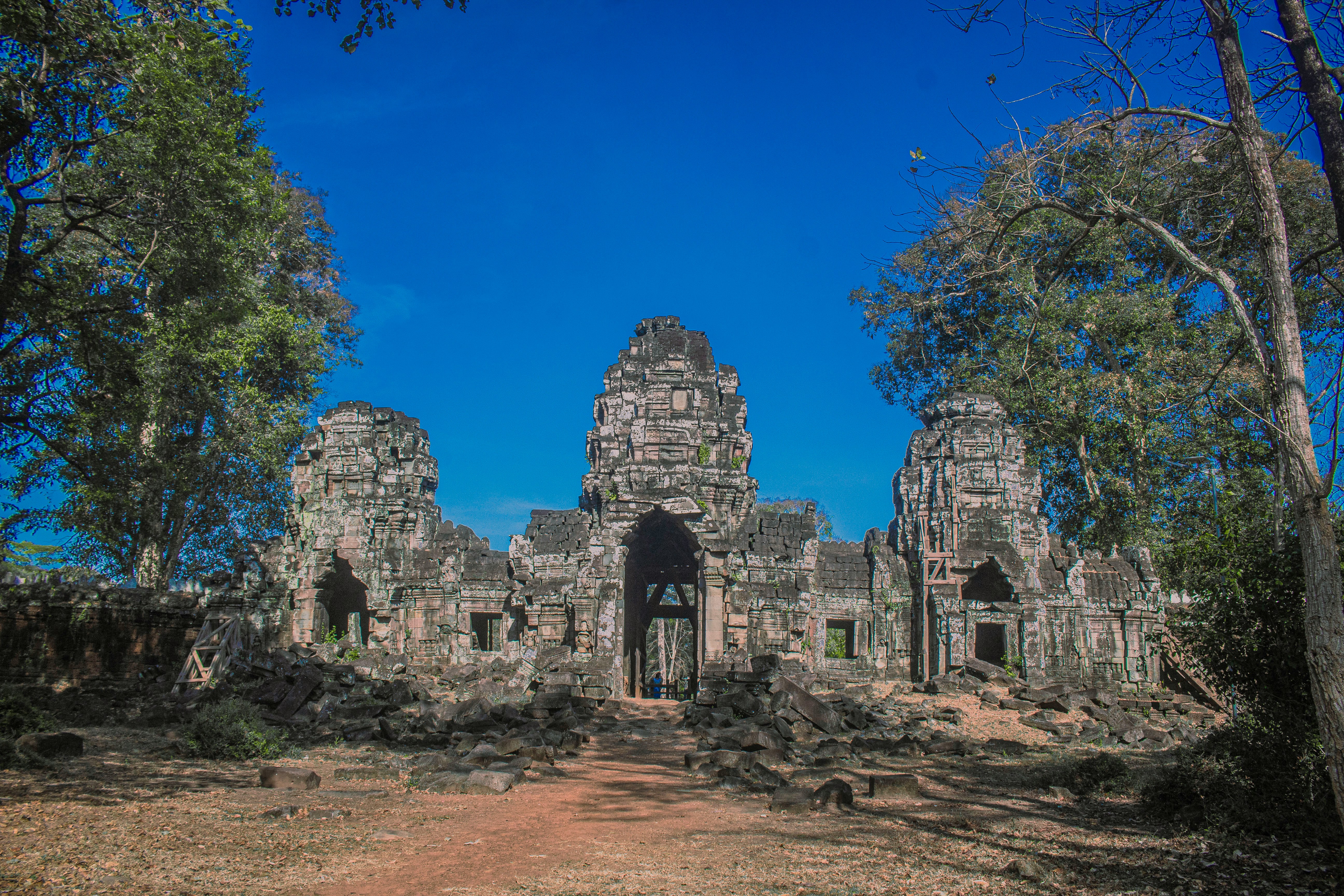Standing high on the Dângrêk Mountains, Preah Vihear Temple overlooks Cambodia’s northern plains. This majestic Hindu temple is a hidden treasure for those seeking history, nature, and architecture—without the crowds of Angkor.
What is Preah Vihear Temple?
Preah Vihear is an ancient Hindu temple dedicated to Shiva. It sits 525 meters above sea level and offers breathtaking views. The name means “Sacred Sanctuary” in Khmer. The temple is known for its spiritual significance, remote location, and impressive stone carvings.
A Glimpse Into Its History
Construction began in the 9th century, with major additions during the reigns of Suryavarman I and II. For over 300 years, Khmer kings expanded and enhanced the temple. It served as a religious center and place of worship for Shiva.
Due to its position on the Thai-Cambodian border, Preah Vihear became a site of dispute. However, in 1962, the International Court of Justice ruled it as part of Cambodia.
Architectural Highlights
Unlike most Khmer temples that face east, Preah Vihear runs north to south. Its layout includes five main gopuras (gate towers), long stone causeways, and steep staircases. Each level leads closer to the central sanctuary.
The temple features intricate carvings of Hindu deities, mythical creatures, and sacred symbols. Its elevated setting adds to the dramatic effect, blending nature and design.
Where Is Preah Vihear Temple?
You’ll find Preah Vihear in Preah Vihear Province, near the border with Thailand. It’s about 245 km from Siem Reap and sits atop the Dângrêk mountain range.
Visitors typically reach the summit by 4×4 vehicle or motorbike. The road is steep, but the panoramic view at the top is worth the effort.
UNESCO World Heritage Status
In 2008, UNESCO recognized Preah Vihear as a World Heritage Site. The temple earned this honor due to its outstanding Khmer architecture and historical importance. This status has boosted both preservation efforts and tourism awareness.
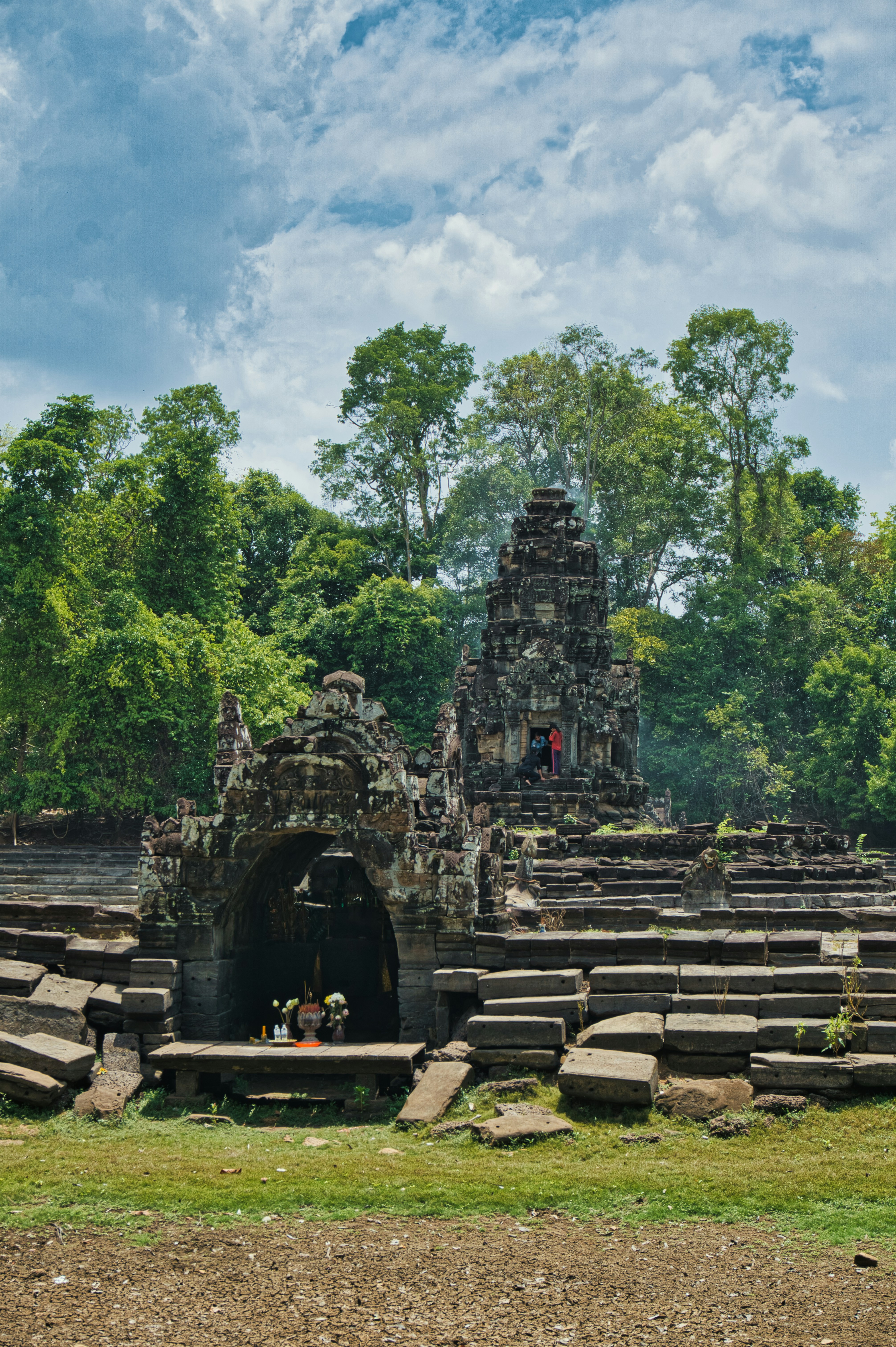
Visiting Preah Vihear Today
Travelers who visit Preah Vihear enjoy a peaceful, immersive experience. It’s less crowded than other sites, allowing you to take in the beauty without rush. Here’s what to expect:
Epic Views: The mountain perch offers sweeping views, best seen at sunrise or sunset.
Cultural Insight: Local guides share stories, legends, and historical facts.
Temple Trekking: You’ll walk through galleries, gates, and stairways that reveal different time periods.
Remote Adventure: Getting there is part of the journey, with rugged climbs and natural scenery.
Tips for Travelers
Entrance Fee: Around USD 10
Opening Hours: 7:30 AM to 5:00 PM
Best Time to Visit: November–February (dry season)
What to Bring: Water, sun protection, sturdy shoes

